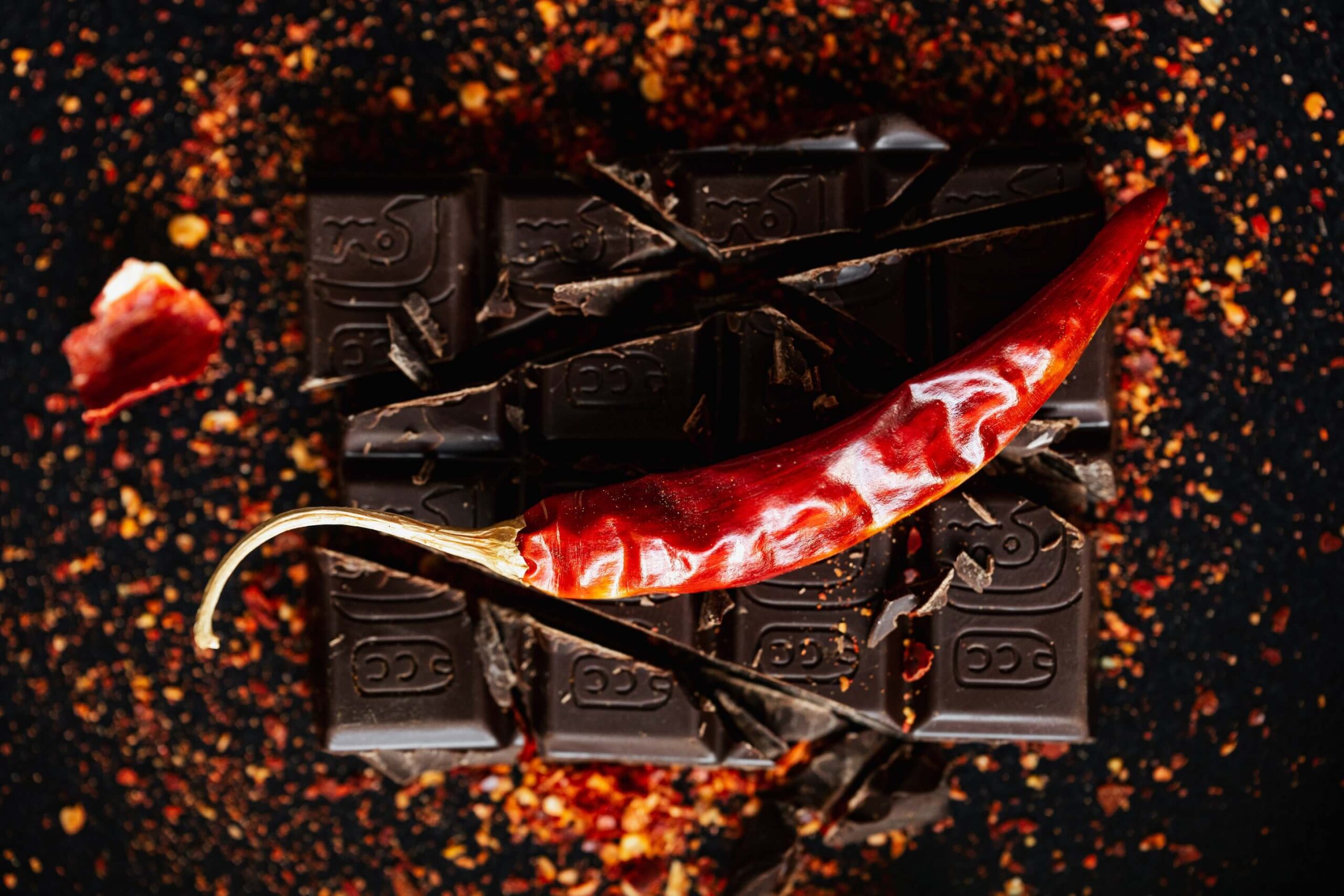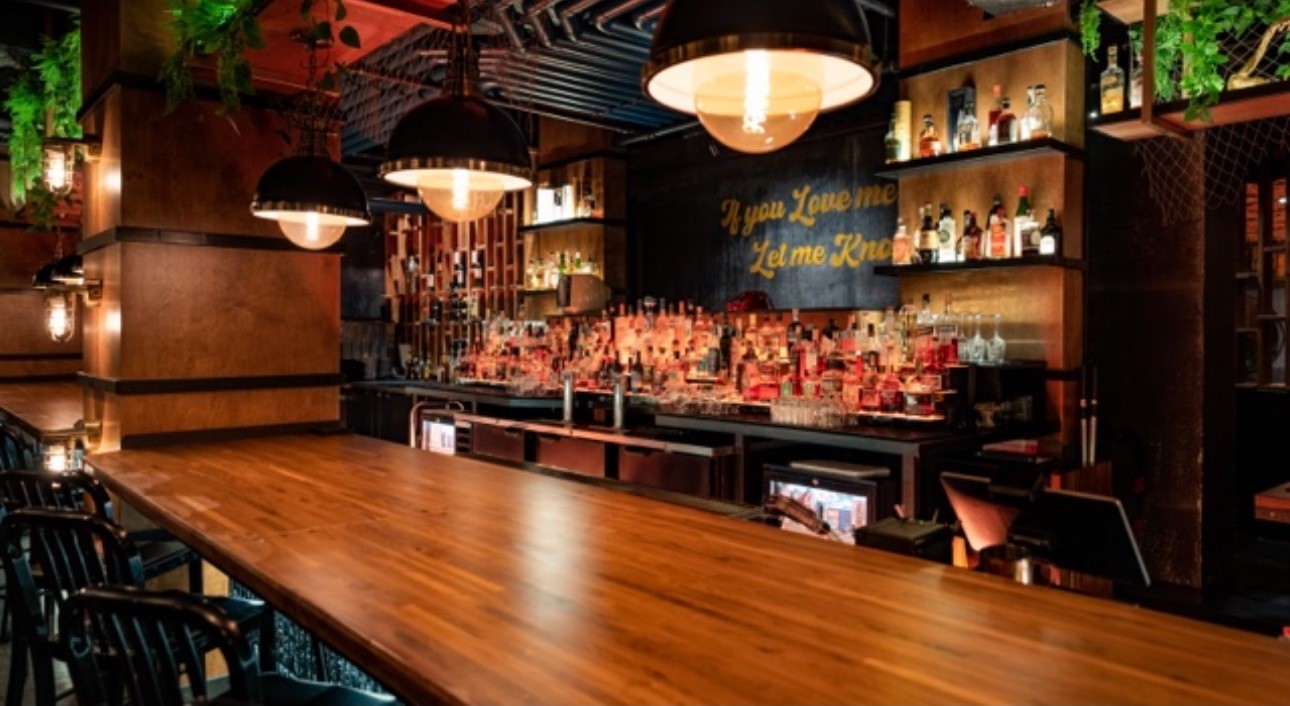Unlocking Culinary Magic: The Science of Flavour Pairing
by Nathen Dubé

In the world of culinary arts, there exists a fascinating and almost mystical aspect that elevates a dish from ordinary to extraordinary: flavour pairing.
The art of flavour pairing is like a symphony of tastes and aromas, orchestrated to create harmonious and memorable dining experiences. As a chef consultant, I invite you to embark on a culinary journey that delves deep into the science and creativity behind flavour pairing.
Whether you are a seasoned industry professional or a curious food enthusiast, this article will unveil the secrets of culinary magic that lie within this art and science.
The Science Behind Flavour Pairing
To truly understand the art of flavour pairing, one must first grasp the science that underpins it.
Flavour pairing isn’t just about randomly combining ingredients. Rather, it’s about exploiting the complex interactions between different compounds that create flavours.
Here’s a brief look at the science.
The Flavour Wheel
Imagine a vast wheel with hundreds of spokes, each representing a distinct flavour. This is the flavour wheel, a tool that categorizes flavours into primary, secondary, and tertiary categories.
Understanding this wheel helps chefs identify complementary flavours and build balanced profiles.
The primary flavours include sweet, sour, salty, and bitter, while the secondary flavours encompass umami, fatty, and astringent notes. Tertiary flavours delve even deeper, encompassing specific aromatic compounds found in various ingredients.
The flavour wheel serves as a roadmap for chefs, allowing them to create harmonious and balanced dishes by combining flavours from different categories.
For example, pairing a salty ingredient like prosciutto with sweet melon exploits the contrast between saltiness and sweetness for a delightful taste experience.
Chemical Compounds
Flavour compounds are the building blocks of taste and aroma. These compounds are responsible for the diverse spectrum of flavours we encounter in food.
Understanding which compounds are shared between ingredients is key to successful flavour pairing.
A well-known example of shared aroma compounds is the presence of vanillin in both vanilla beans and oak barrels used for aging wine. Vanillin is a key aroma compound responsible for the sweet and creamy notes in vanilla. When wines are aged in oak barrels, they can acquire subtle vanilla and spice undertones from the wood, creating a harmonious and recognizable flavour pairing in wines, especially in the case of oak-aged Chardonnay or red Bordeaux wines.
This shared compound, vanillin, illustrates how we can derive the same aroma compound from different sources (vanilla beans and oak barrels) and contribute to the complexity and appeal of various culinary creations, enhancing both desserts and wines.
Contrast and Harmony
Flavour pairing often revolves around the concept of contrast and harmony.
Some pairings work because they contrast flavours, creating excitement and intrigue. Others harmonize, creating a seamless and balanced taste experience.
Consider the classic contrast between sweet and sour in dishes like sweet and sour chicken. The sweetness of the sauce contrasts with the tanginess of vinegar, resulting in a harmonious yet exciting combination.
On the other hand, a harmonious pairing might involve complementary flavours that meld together seamlessly. Think of the classic combination of tomatoes and basil in a Caprese salad. The earthy, herbaceous notes of basil harmonize beautifully with the juicy sweetness of ripe tomatoes.
Umami
The fifth taste, umami, has gained prominence in recent years.
Umami is often described as a savory or meaty taste, and it can be used to elevate a wide range of dishes.
Ingredients that are rich in umami—mushrooms, soy sauce, and Parmesan cheese, for example—can enhance and deepen the overall flavour of a dish.
One popular example of umami-rich flavour pairing is the combination of Parmesan cheese with ripe tomatoes. The umami in the cheese amplifies the tomato’s natural sweetness and creates a more complex and satisfying flavour profile.
Classic Flavour Pairings
Now that we’ve dipped our toes into the science of flavour pairing, let’s explore some classic pairings that have stood the test of time.
Salt and Sweet
This classic pairing is all about balance. The saltiness enhances the sweetness in dishes like salted caramel and chocolate-covered pretzels. The contrast is what makes it so delightful.
When it comes to savoury dishes, the addition of a touch of salt can elevate the overall flavour. Consider how a pinch of salt can enhance the sweetness of roasted vegetables or a perfectly seared steak.
Acid and Fat
The acidity in ingredients like lemon or vinegar can cut through the richness of fatty dishes, creating balance.
Think of a zesty vinaigrette dressing on a buttery avocado salad. The acidity brightens the dish and prevents it from feeling overly heavy.
Spicy and Cool
Combining spicy and cooling elements can create a dynamic and memorable flavour experience.
For example, a fiery hot sauce paired with a creamy yogurt dip offers a pleasing contrast of temperature and sensation. The coolness of the yogurt soothes the heat of the spice, creating a balanced and exciting flavour profile.
Savoury and Sweet
The umami-rich savoury notes of ingredients like bacon or prosciutto can beautifully complement the sweetness of fruits, as seen in dishes like melon wrapped in prosciutto.
The salty, savoury elements create a perfect counterpoint to the natural sweetness of the fruit.
Herbs and Citrus
The fresh, aromatic qualities of herbs like basil, cilantro, or mint can be elevated when paired with the zingy brightness of citrus fruits.
The combination of fresh herbs and citrus can add layers of flavour to salads, marinades, and cocktails.
Modern Flavour Pairing Techniques
While classic pairings are timeless, modern culinary innovation has taken flavour pairing to new heights.
Here are some cutting-edge techniques and trends to explore.
Molecular Gastronomy
This avant-garde approach to cooking employs scientific principles to create unexpected flavour combinations.
Techniques like spherification and foaming can transform ordinary ingredients into extraordinary culinary creations.
For instance, the technique of spherification involves transforming liquid ingredients into tiny, flavorful spheres with a thin membrane. These spheres can burst with flavour in your mouth, creating a unique and memorable dining experience.
Imagine a burst of basil-infused olive oil encapsulated in a delicate sphere served alongside a tomato salad.
Global Fusion
As our world becomes more connected, so do our culinary influences.
Chefs are exploring fusion cuisine, merging ingredients and techniques from different cultures to create exciting and unexpected flavour pairings.
For example, Korean tacos combine the bold flavours of Korean barbecue with the convenience of a taco, resulting in a fusion dish that offers a delightful balance of sweet, spicy, and savory elements.
Experimenting with flavors, techniques and combinations both classic and new, and mastering an array of techniques will elevate any kitchen team’s skills. In turn, that team will elevate the menu, restaurant, and guest experience.
Image: Karolina Grabowska via Pexels



